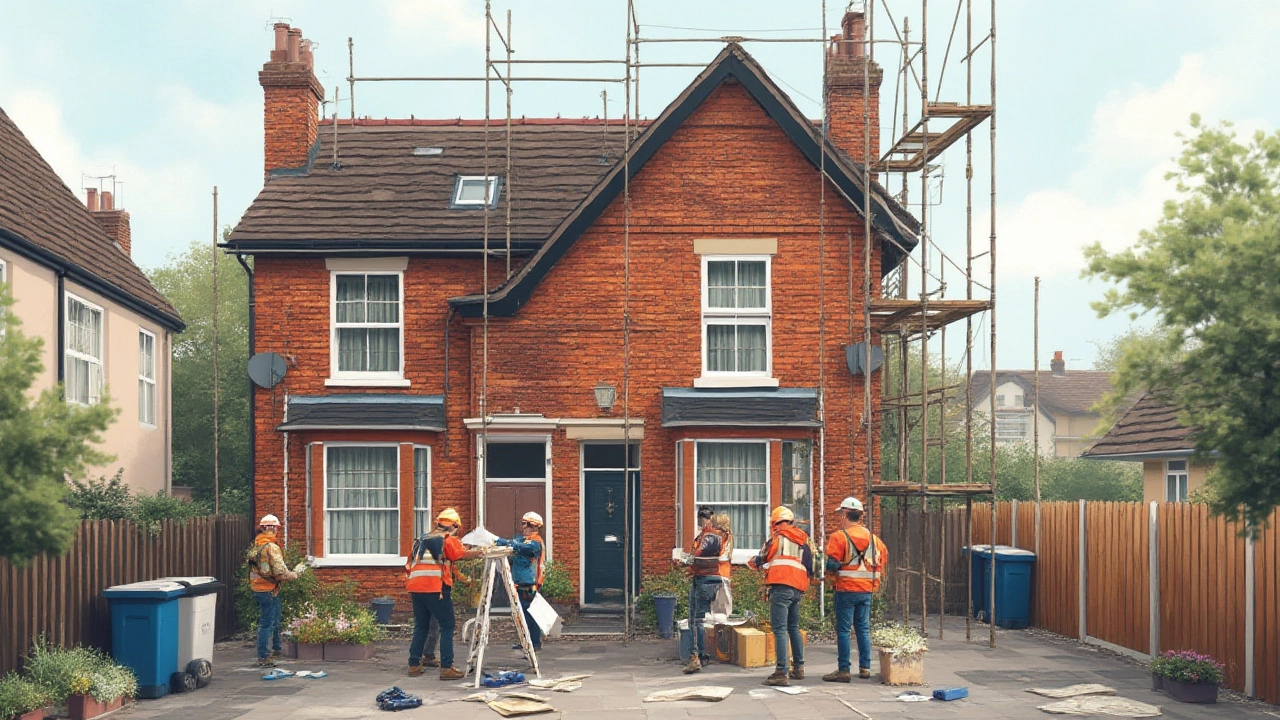Roof Payment Guide – How Much to Pay and When
Paying for a new roof can feel like a surprise bill that shows up out of nowhere. Before you sign any contract, know exactly what you’re paying for, why the price matters, and how to keep the cost under control.
What’s Behind the Roof Payment?
Most roof payments cover three things: materials, labour, and extra fees. Materials range from cheap felt to premium slate, and the choice drives the bulk of the price. Labour includes removal of the old roof, installation, and clean‑up. Extra fees might be permits, waste disposal, or a warranty add‑on. If you’ve ever wondered why one quote is £5,000 and another is £30,000, it usually comes down to material quality and how many layers the installer needs to strip.
How to Budget Without Guesswork
Start by measuring the roof’s square footage – that’s the base number every roofer uses. Multiply it by the per‑square‑meter cost of your chosen material, then add a 10‑15% buffer for labour and unexpected issues. For example, a 150 m² roof with a mid‑range composite shingle at £45/m² works out to £6,750 for the material. Add about £1,300 for labour and you’re looking at roughly £8,000 total. Throw in a £300 permit fee and you’ve got a realistic budget.
One common mistake is ignoring the cost of removing the old roof. If the previous roof has multiple layers, each extra layer can add £10‑£15 per square meter to the job. Ask your contractor for a “tear‑off” cost breakdown before you agree to the final number.
Another tip: compare at least three quotes. Most reputable roofers will give a free, itemised estimate. Spot the differences – a higher price might mean better underlay, a longer warranty, or a more experienced crew. The cheapest quote often cuts corners on the underlay, which can lead to leaks later on.
Financing options are another piece of the puzzle. Many roofing companies offer payment plans, but watch the interest rate. A 0% finance for 12 months is great, but a 12‑month plan at 9% can add several hundred pounds to the total cost. Alternatively, a home‑equity loan usually has lower rates, but you’re putting your house at risk if you can’t pay.
If you’re on a tight budget, consider a phased approach. Replace the most damaged sections first, then tackle the rest when you have more cash. This spreads the payment over a longer period and avoids a massive one‑off bill.
Finally, keep an eye on red flags: vague timelines, no written warranty, or a contractor who pushes for a large upfront deposit. A trustworthy roofer will ask for a deposit of no more than 10‑20% and will schedule the remaining payments around milestones – for example, after the tear‑off, after the underlay, and after the final inspection.
In short, a roof payment isn’t just a number on a bill. It’s a mix of material choice, labour, permits, and financing. Break it down, compare quotes, and watch for hidden costs. With a clear picture, you can protect your wallet and get a roof that lasts for years to come.
Roof Payment Explained: The Essential Guide to Roofing Costs and Financing Options
- Gavin Whitaker
- |
- |
- 0
Everything you need to know about roof payment: from average costs, payment methods, insurance claims, and smart tips for managing and financing a new roof.
View more